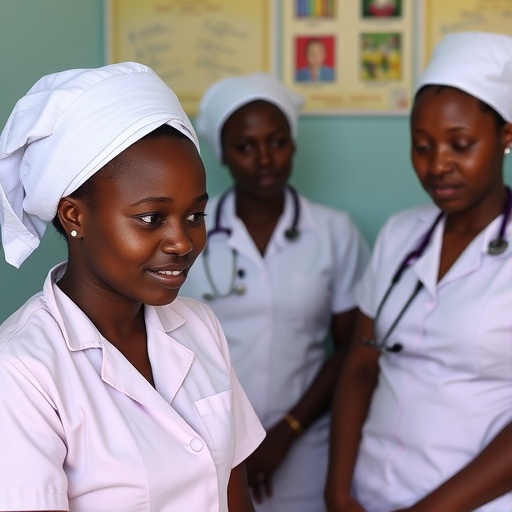NEW YORK–Cannabis use increased among parents who smoke cigarettes, as well as among non-smoking parents, according to a latest study from researchers at Columbia University's Mailman School of Public Health and City University of New York. Cannabis use was nearly four times more common among cigarette smokers compared with non-smokers. Until now, little had been known about current trends in the use of cannabis among parents with children in the home, the prevalence of exposure to both tobacco and cannabis, and which populations might be at greatest risk. The findings will be published online in the June issue of Pediatrics.
"While great strides have been made to reduce children's exposure to second-hand cigarette smoke, those efforts may be undermined by increasing use of cannabis among parents with children living at home," said Renee Goodwin, PhD, in the Department of Epidemiology at the Mailman School of Public Health, and corresponding author.
Analyzing data from the National Survey on Drug Use and Health from 2002 to 2015, the researchers found past-month cannabis use among parents with children at home increased from 5 percent in 2002 to 7 percent in 2015, whereas cigarette smoking declined from 28 percent to 20 percent. Cannabis use increased from 11 percent in 2002 to over 17 percent in 2015 among cigarette-smoking parents and from slightly over 2 percent to 4 percent among non-cigarette-smoking parents. Cannabis use was nearly 4 times more common among cigarette smokers versus nonsmokers (17 percent vs 4 percent), as was daily cannabis use (5 percent vs 1 percent). The overall percentage of parents who used cigarettes and/or cannabis decreased from 30 percent in 2002 to 24 percent in 2015.
"While use of either cigarettes or cannabis in homes with children has declined, there was an increase in the percent of homes with both. Therefore, the increase in cannabis use may be compromising progress in curbing exposure to secondhand smoke," noted Goodwin, who is also at the Graduate School of Public Health and Health Policy at CUNY.
Cannabis use was also more prevalent among men who also smoked compared to women (10 percent vs 6 percent) and among younger parents with children in the home (11 percent) compared with those 50 and older (4 percent). The strength of the relationship between current cannabis use and cigarette smoking was significant and similar for all income levels.
"The results of our study support the public health gains in reducing overall child secondhand tobacco smoke but raise other public health concerns about child exposure to secondhand cannabis smoke and especially high risk for combined exposures in certain subpopulations," observed Goodwin.
Noteworthy, according to Goodwin, is that there remains a lack of information on the location of smoking, whether it occurs in the house or in the proximity of children. Unlike cigarettes, smoking cannabis outdoors and in a range of public areas is illegal in most places. Therefore, there is reason to believe that cannabis use is even more likely to occur in the home than cigarette smoking given their differences in legal status.
"Efforts to decrease secondhand smoke exposure via cigarette smoking cessation may be complicated by increases in cannabis use," said Goodwin. "Educating parents about secondhand cannabis smoke exposure should be integrated into public health education programs on secondhand smoke exposure."
###
The study was funded by the National Institutes of Health and National Institute on Drug Abuse (DA20892).
Co-authors are Melanie Wall, Deborah Hasin, and Samantha Santoscoy, Mailman School of Public Health; Keely Cheslack-Postava, Columbia University College of Physicians and Surgeons; Nina Bakoyiannis, CUNY; and Bradley Collins and Stephen Lepore, Temple University.
Columbia University's Mailman School of Public Health
Founded in 1922, Columbia University's Mailman School of Public Health pursues an agenda of research, education, and service to address the critical and complex public health issues affecting New Yorkers, the nation and the world. The Mailman School is the third largest recipient of NIH grants among schools of public health. Its over 450 multi-disciplinary faculty members work in more than 100 countries around the world, addressing such issues as preventing infectious and chronic diseases, environmental health, maternal and child health, health policy, climate change & health, and public health preparedness. It is a leader in public health education with over 1,300 graduate students from more than 40 nations pursuing a variety of master's and doctoral degree programs. The Mailman School is also home to numerous world-renowned research centers including ICAP and the Center for Infection and Immunity. For more information, please visit http://www.mailman.columbia.edu.
Media Contact
Stephanie Berger
[email protected]
212-305-4372
@ColumbiaMSPH
https://www.mailman.columbia.edu/




